Understanding the True Value of Precious Metals
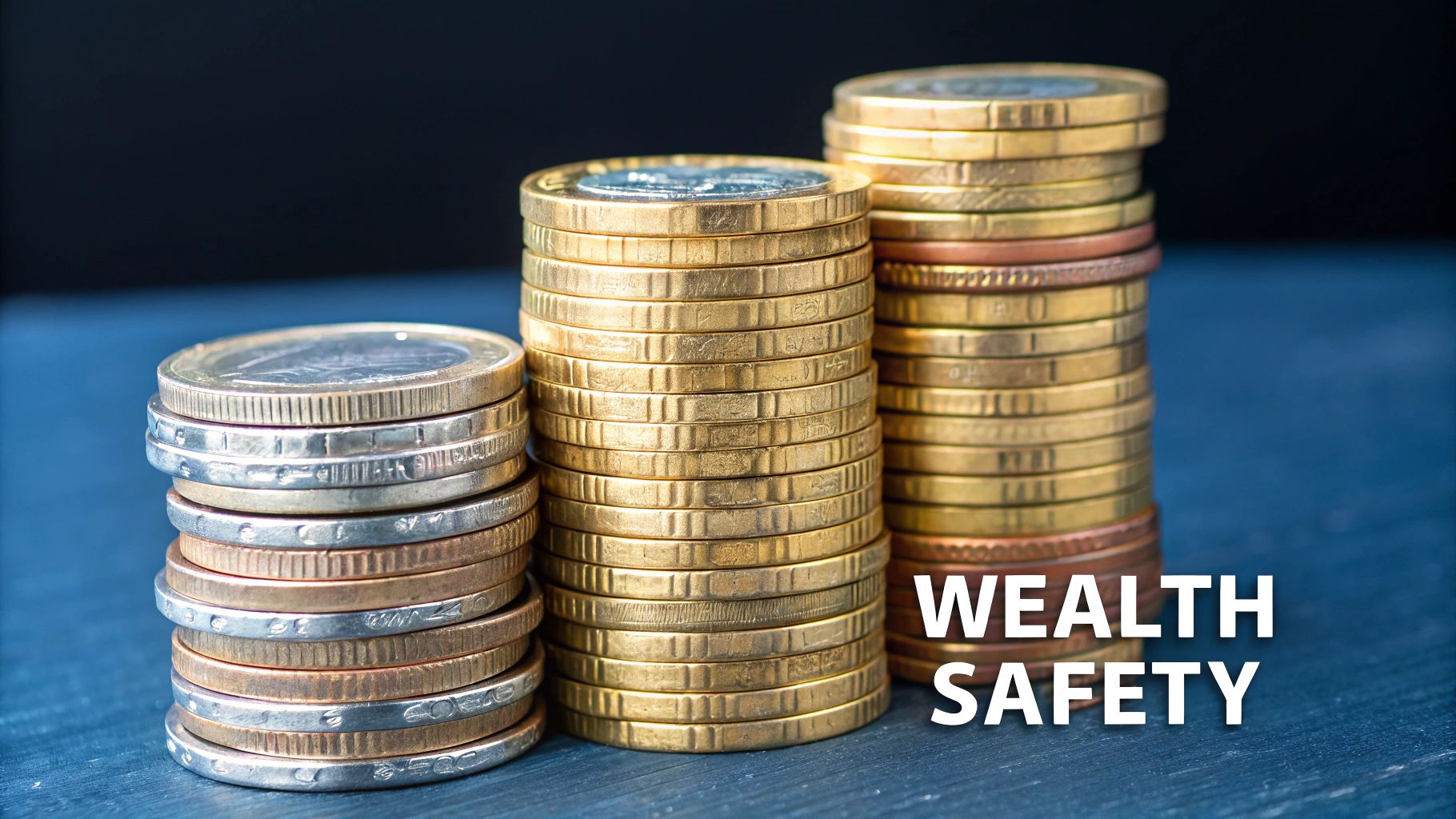
Precious metals like gold and silver have long served as reliable stores of value, especially during economic uncertainty. But their worth goes well beyond just protecting against inflation. To fully grasp their importance, we need to look at their historical performance, current market trends, and why major institutions continue investing in them.
Why Precious Metals Matter in a Portfolio
The numbers tell a compelling story about gold's staying power. From 1971 to 2022, gold delivered average annual returns of 7.78%, keeping pace with the broader commodity market's 8.3% return. When global markets faced turbulence in 2020 and 2022, gold prices surged past $2,000 per ounce, showing its strength during difficult times. This steady performance highlights why many investors view precious metals as a key tool for preserving wealth when markets get choppy.
Central banks' actions provide another strong reason to consider precious metals. In 2022, they purchased 1,136 tons of gold – the highest amount since 1971. This buying spree continued into 2023. What drives these massive gold purchases? Central banks recognize gold's enduring role in stabilizing the global financial system and protecting against currency fluctuations. Their ongoing demand points to gold's fundamental value in the modern economy.
Diversification and Portfolio Protection
Precious metals shine as portfolio diversifiers because they typically move independently of stocks and bonds. During stock market downturns, they've historically lost far less value than other commodities. For instance, when equities dropped sharply in 2008, gold helped cushion portfolio losses. This makes precious metals especially useful for protecting investment value during market stress.
While gold gets most of the attention, silver deserves consideration too. Its price swings more dramatically than gold, partly due to its industrial uses in electronics and solar panels. The changing relationship between gold and silver prices, known as the gold-silver ratio, creates opportunities for investors who understand both metals. By holding both, investors can build a more balanced precious metals position.
Identifying Optimal Entry Points
Success with precious metals requires understanding market timing, even for long-term investors. While many choose to buy and hold, picking good entry points can boost returns significantly. Smart investors watch economic data, global events, and overall market sentiment toward precious metals. By weighing these factors carefully, they can better position themselves to benefit from precious metals' long-term value while managing short-term risks.
Breaking Down Investment Vehicle Options
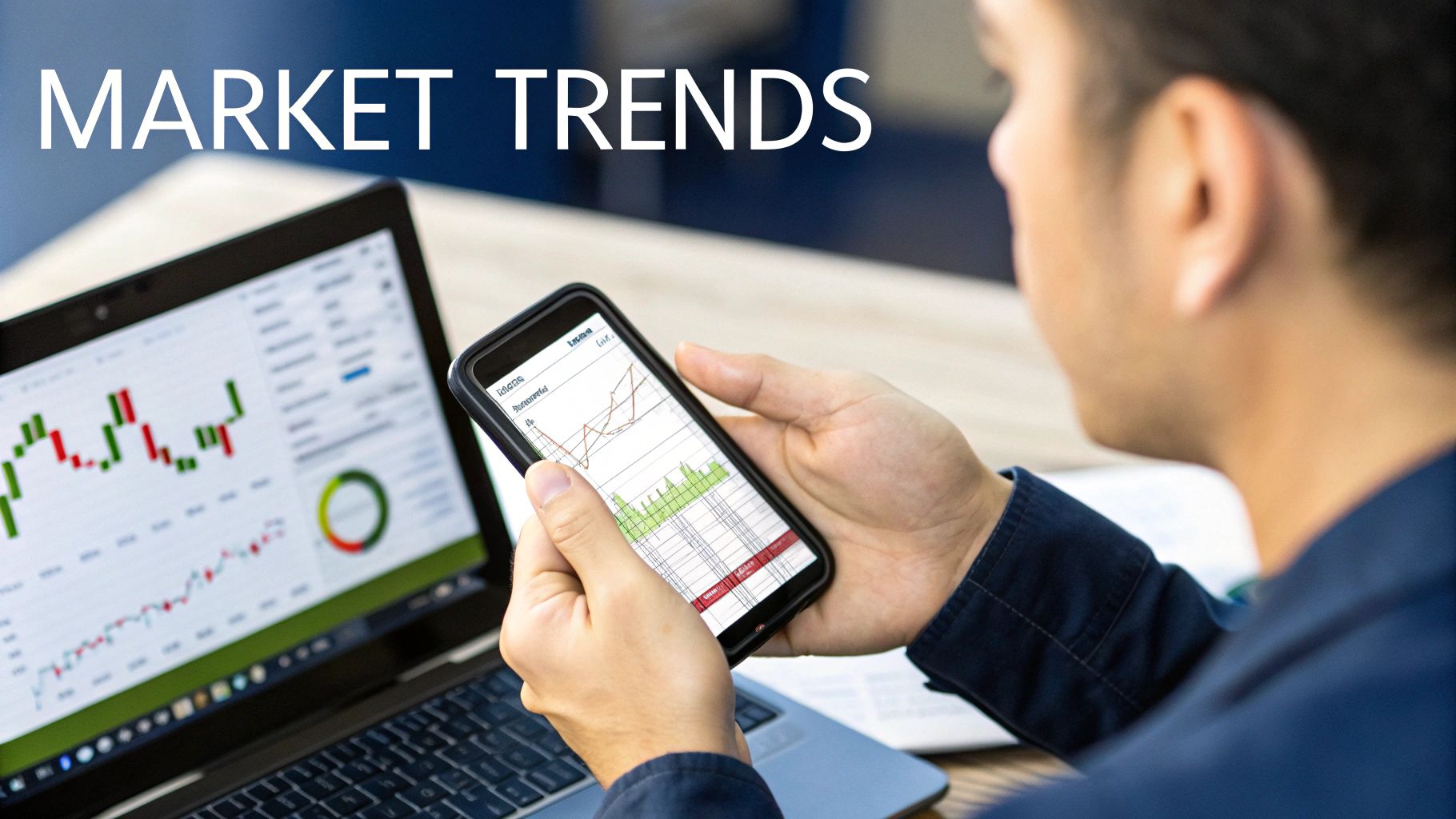
When it comes to investing in precious metals, there's no single "right" approach. Different investment methods suit different needs and goals. Let's explore the main options available to help you find what works best for your situation, considering factors like accessibility, costs, and risk levels.
Physical Metals: Owning Tangible Assets
Buying physical gold and silver bullion gives you direct ownership of these precious metals. You can hold actual bars or coins in your possession, giving you complete control over your investment. This direct ownership becomes especially valuable during times of economic uncertainty. However, physical metals come with practical considerations – you'll need secure storage and likely pay for insurance. You'll also face premium costs above market prices when buying or selling, which can affect your investment returns.
Exchange-Traded Funds (ETFs): Convenient Diversification
ETFs make precious metals investing more accessible by tracking metal prices without requiring physical ownership. These funds trade on major stock exchanges, making them easy to buy and sell when needed. Some ETFs even spread risk by investing in multiple types of metals. While ETFs offer simplicity and flexibility, keep in mind that ongoing management fees will impact your long-term gains.
Mining Stocks and Mutual Funds: Leveraging Industry Growth
Investing in mining company stocks or related mutual funds offers a different approach to precious metals exposure. This strategy lets you benefit from overall industry expansion. For example, rising industrial silver demand could boost mining company profits substantially. However, mining investments carry unique risks – companies face challenges from operating costs, political issues where mines are located, and changing environmental rules. Stock prices often swing more dramatically than metal prices themselves. While mutual funds spread risk across multiple companies, they're still subject to broader market forces.
Choosing the Right Vehicle for Your Needs
Your ideal investment approach depends on several key considerations. This comparison helps clarify the main differences:
| Feature | Physical Metals | ETFs | Mining Stocks/Mutual Funds |
|---|---|---|---|
| Ownership | Direct | Indirect | Indirect |
| Storage | Responsibility | N/A | N/A |
| Liquidity | Lower | Higher | Higher |
| Cost | Premiums, Storage | Management Fees | Market Risk, Volatility |
| Risk | Theft, Loss | Market Risk | Company-Specific Risk |
| Potential Return | Metal Price | Metal Price | Industry Growth, Dividends |
The best choice comes down to your personal preferences and situation. Some investors sleep better knowing they have physical gold in their possession. Others prefer the ease of ETF trading. Those comfortable with more risk might chase higher potential returns through mining investments. By understanding these options thoroughly, you can build an approach that matches your investment goals and comfort level. This understanding forms the foundation for developing a solid precious metals strategy.
Building Your Precious Metals Portfolio Strategy
Creating an effective precious metals portfolio takes careful planning and strategic thinking. Rather than just buying gold and hoping it works out, you need to consider several key factors – your financial objectives, comfort with risk, and view on market conditions. This guides decisions about which metals to buy, how much to allocate, and when to adjust your holdings.
Determining Your Optimal Allocation
The foundation of any solid precious metals strategy starts with deciding how much of your total portfolio should be in metals. Many financial experts suggest keeping 5-10% in precious metals to protect against inflation and uncertainty. But this isn't a hard rule – your specific situation may call for different amounts. Someone deeply worried about economic instability might want to hold more, while a cautious investor may prefer less exposure.
Beyond the total amount, you'll need to divide your metals allocation between different options. Gold is popular, but adding silver brings important benefits. Since silver has many industrial uses, its price often moves differently than gold, responding to manufacturing demand and other economic factors. Looking at the gold-silver price ratio over time can help inform how to split your investment between the two metals.
Integrating Precious Metals With Your Existing Investments
When adding precious metals to your portfolio, consider how they work with your other investments. Gold and silver typically don't move in sync with stocks and bonds. When the stock market drops, precious metals often hold steady or go up, helping protect your overall portfolio. We saw this during the 2008 financial crisis – as stocks plunged, gold provided stability and helped offset losses for many investors.
Timing and Rebalancing Your Portfolio
While precious metals are best viewed as long-term holdings, paying attention to market conditions can help you make smarter buying decisions. Watch for signals like economic data, global events, and major buyers entering the market. Central banks have been especially active buyers recently – they purchased 1,136 tons of gold in 2022, a record amount, and continued strong buying into 2023.
Your portfolio needs regular checkups and adjustments to stay on track. As prices change, your original target allocations can get out of balance. Say your goal is 10% in precious metals, but after a price surge it grows to 15% of your portfolio. You'd then sell some metals and move that money to other investments to get back to 10%. This systematic rebalancing helps maintain your desired investment mix and lets you benefit from price swings. The key is having clear rules about when and how much to adjust, so you stick to your long-term strategy rather than making emotional decisions.
Mastering Market Analysis for Precious Metals
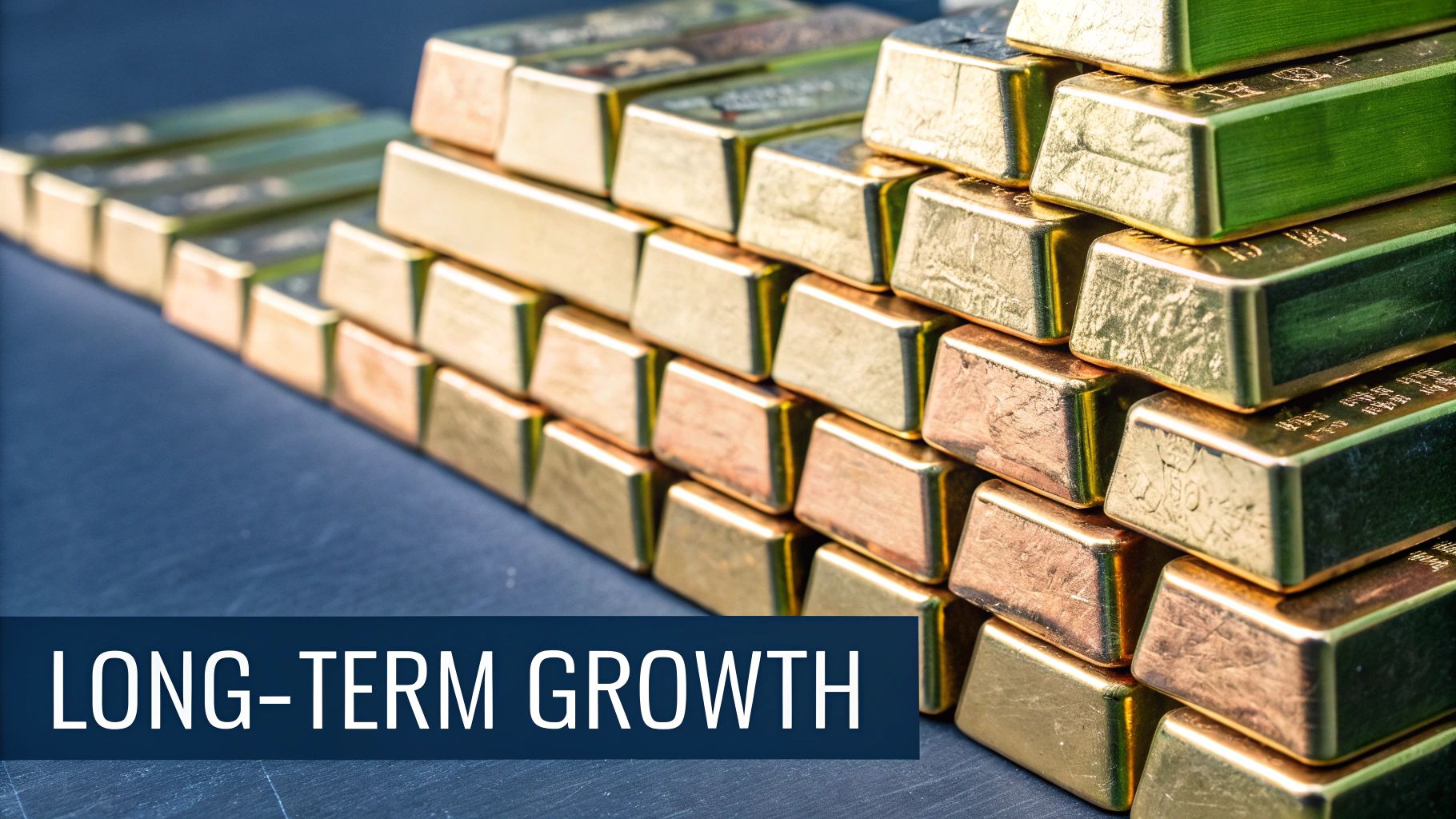
Success in precious metals investing requires more than just knowing what to buy. You need to understand how to analyze the market and interpret the many factors that influence metal prices. This deeper analysis helps you make smarter investment choices based on real market dynamics rather than surface-level statistics.
Key Economic Indicators and Their Impact
The precious metals market responds strongly to economic signals. Take inflation and interest rates – two critical factors that drive price movements. When inflation rises, paper money loses value, pushing more investors toward gold and silver as ways to protect their wealth. Interest rates also play a key role. In low-rate environments, precious metals become more attractive since they don't have to compete with high bond yields. Understanding these connections helps explain why metals often surge when economic uncertainty increases.
Geopolitical Events and Market Volatility
World events can shake up metals markets quickly. During the 2022 Russia-Ukraine conflict, gold prices jumped as investors sought safety from global instability. Government policy shifts, trade disputes, and even major natural disasters can disrupt supply chains and change how much metal is available. Keeping up with world news and understanding how these events affect metals helps investors navigate price swings more effectively.
Tools and Resources for Effective Analysis
Many helpful resources exist for analyzing metals markets. While financial news sites, metals-focused platforms, and investing communities can provide good insights, it's important to filter out the noise. Stick to trusted sources and develop a clear process for gathering and evaluating market information that matters most to your investment goals.
Supply and Demand Dynamics
At its core, metals pricing follows basic supply and demand. Supply changes based on mining output, recycling levels, and governments selling reserves. Demand comes from investors, industries (especially for silver), jewelry makers, and central banks. In recent years, central banks have bought large amounts of gold, significantly affecting global demand. Understanding these forces helps explain price moves. For instance, if a major mine stops producing, reduced supply could push prices higher. Or increased industrial demand for silver could drive sustained price gains. By watching both big-picture trends and specific market factors, investors can better anticipate changes and position themselves accordingly.
Leveraging Silver's Unique Investment Potential
When it comes to precious metals investing, gold tends to get most of the attention. However, silver offers fascinating potential that many investors overlook. What makes silver particularly interesting is how it serves two distinct roles – as both a precious metal for investment and as a vital industrial material.
Understanding Silver's Industrial Demand
Silver's practical applications set it apart from gold in meaningful ways. While gold primarily attracts investment interest, silver is essential for manufacturing electronics, solar panels, medical devices, and water purification systems. This industrial demand creates an interesting dynamic – when factories need more silver for production, it can drive prices up regardless of investor interest. Take solar energy, for example. As more countries install solar panels, manufacturers need more silver to build them. This steady industrial demand helps maintain silver's value even during times when investment interest cools off.
The Gold-Silver Ratio: A Historical Perspective
One useful tool for evaluating silver's value is comparing its price to gold through the gold-silver ratio. This relationship between the two metals has shifted dramatically over time. In some periods, you only needed 10 ounces of silver to buy an ounce of gold. Other times, it's taken over 100 ounces. These wide swings can create opportunities. For instance, when the ratio is unusually high, some investors buy silver, expecting its value to eventually rise compared to gold as the ratio returns to more typical levels.
Silver Investment Strategies: Diversification and Timing
Adding silver to a precious metals portfolio makes good sense for many investors. Though silver prices often move similarly to gold, they respond to different market forces. This means holding both metals can provide better balance. The industrial side of silver adds another layer of potential that you don't get with gold alone.
Getting the timing right can improve returns on silver investments. While many prefer to buy and hold precious metals long-term, paying attention to market cycles, economic signals, and technology trends can help inform buying and selling decisions. For example, watching how new technologies affect silver demand or understanding how economic slowdowns impact industrial silver use can guide smart investment choices.
Managing Silver's Volatility: Risk and Reward
Silver prices tend to swing more dramatically than other precious metals – which creates both opportunities and challenges. These price swings can lead to impressive gains, but they also mean greater risk. Smart investors carefully consider their risk tolerance and use strategies like diversification to protect against potential losses. It's important to remember that silver often falls harder than gold during market downturns. However, when markets turn favorable, silver frequently delivers bigger percentage gains than gold, making it appealing for investors who can handle the ups and downs.
Creating Your Long-Term Wealth Preservation Plan
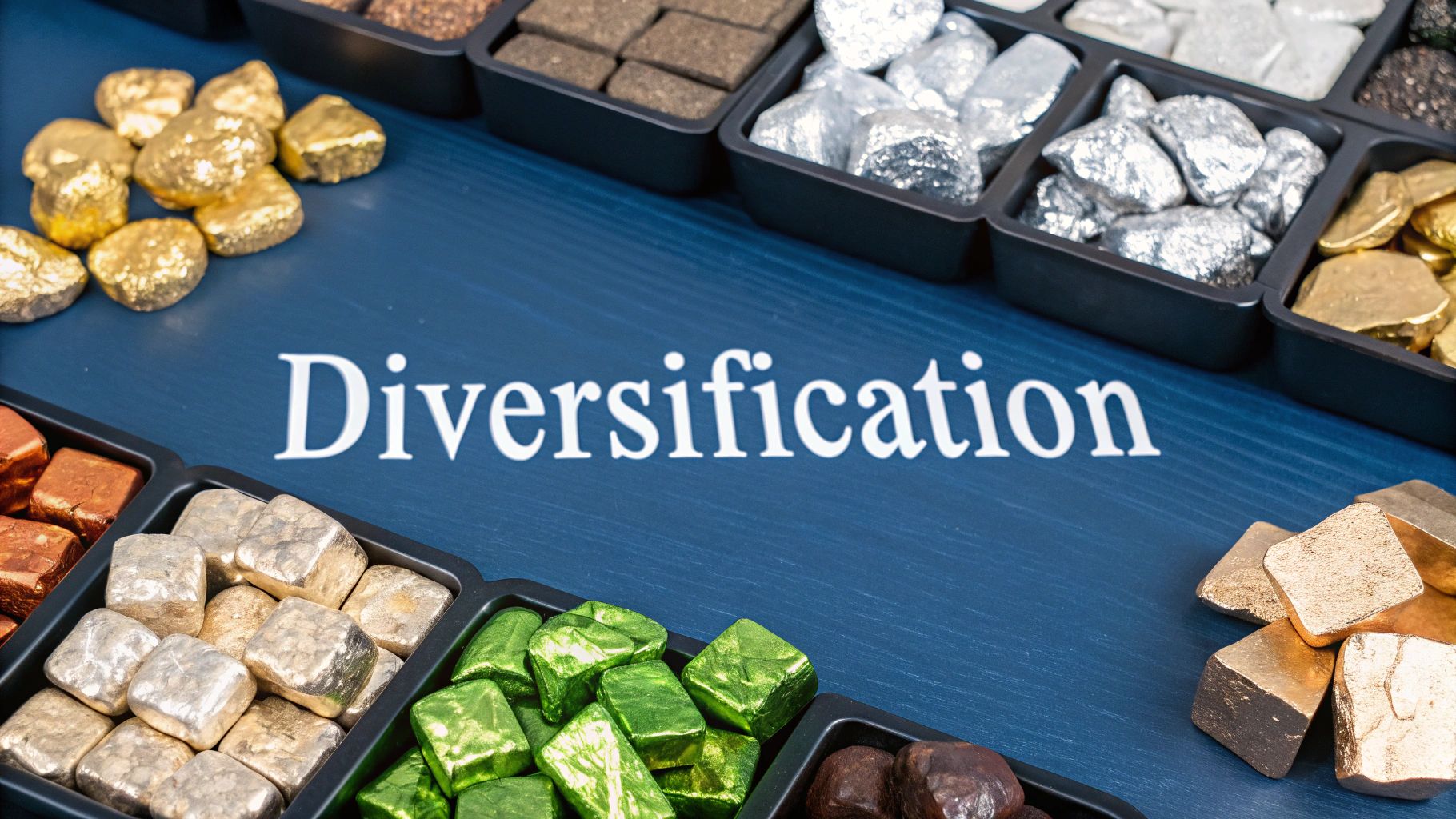
After exploring the fundamentals of precious metals investing and market dynamics, let's focus on building a practical plan to protect your wealth over the long run. A solid strategy involves more than just buying metals – you need to consider storage, security, and ongoing portfolio management. Here's how to put your knowledge into action with concrete steps.
Selecting Trusted Dealers and Secure Storage
Finding the right dealer is your first crucial step. Focus on established companies that provide clear pricing and have strong credentials you can verify. Take time to review their buy-back policies and product selection. By doing thorough research upfront, you'll avoid potential scams and ensure you're getting genuine precious metals at fair prices.
Storing your metals safely is equally important. A home safe might seem convenient, but it may not give you enough protection from theft or disasters. Bank safety deposit boxes offer better security but can be a hassle to access when needed. Professional storage facilities give you top-level security and insurance, though you'll pay ongoing fees. Your choice ultimately depends on finding the right balance of security, access, and cost for your situation.
Monitoring Your Precious Metals Position and Market Conditions
You can't just buy precious metals and ignore them. Smart investors keep tabs on their holdings and watch market trends closely. This helps you adjust your approach when needed and spot good opportunities. Check regularly to see if your metals are still meeting your investment goals. Pay attention to key factors like inflation rates, interest rate changes, and major world events that affect metal prices.
For instance, during high inflation, you might want to buy more precious metals since they often help protect against rising prices. But when interest rates go up significantly, you may need to think carefully about your strategy, since higher rates can make metals less attractive compared to other investments. Keeping up with global news also helps you prepare for price swings and make better decisions about buying or selling.
Maintaining a Long-Term Perspective
Think of precious metals as a marathon, not a sprint. While prices will always move up and down in the short term, these metals shine as wealth protectors over many years. This means sticking to your plan even when markets get rocky. Look at central banks – in 2022 they bought 1,136 tons of gold, showing their faith in its lasting value.
Success with precious metals takes ongoing learning, market awareness, and commitment to your financial goals. With the right mix of research, strategy, and patience – plus smart choices about where to buy and store your metals – you can build a portfolio that helps protect your wealth through good times and bad. Remember that the best results come from staying focused on your long-term objectives rather than chasing quick gains.
Boost your portfolio returns while reducing risk. Coverd turns hours of research for covered calls and cash-secured puts into seconds. Learn more at https://coverd.io
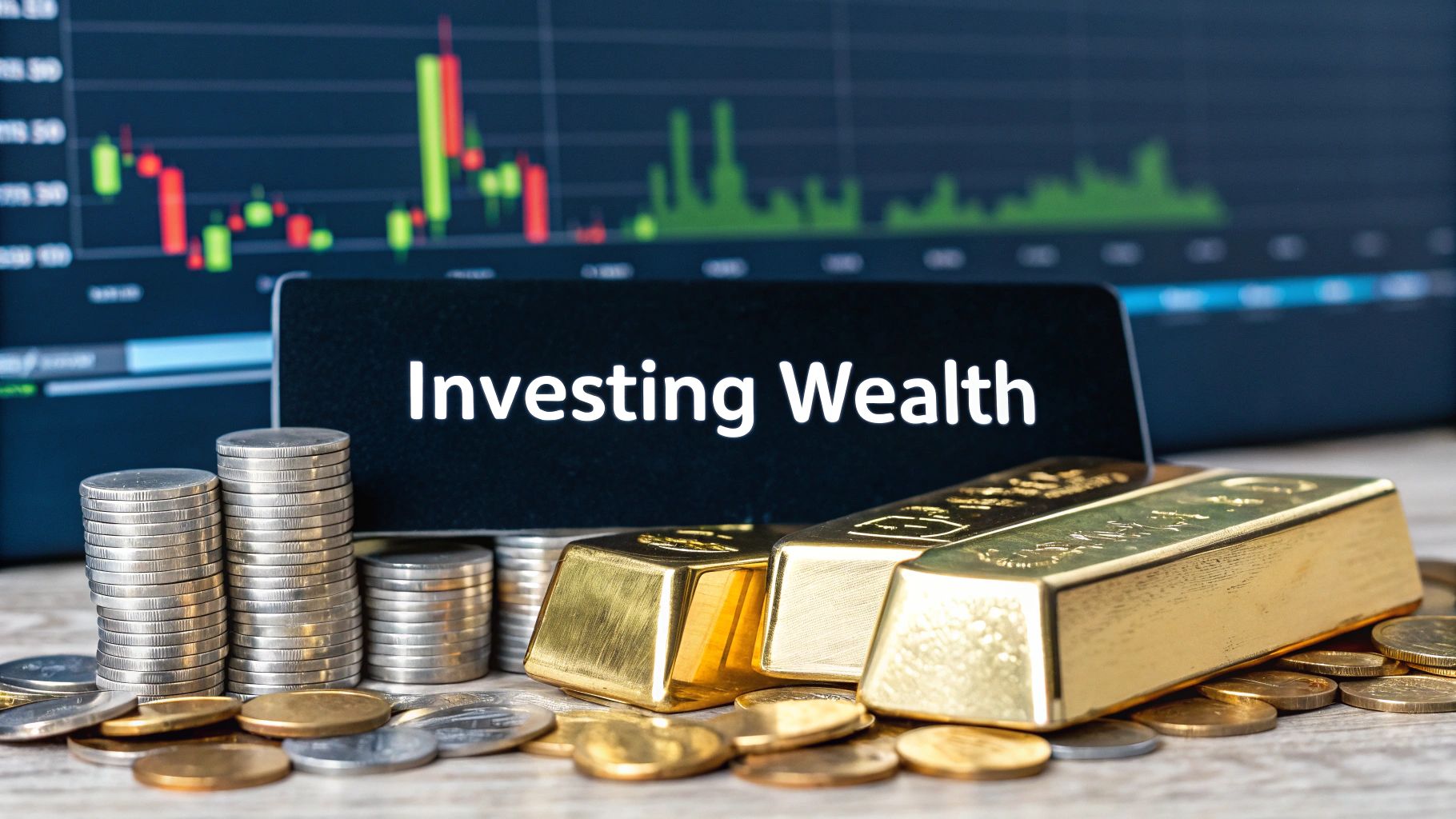
Leave a Reply